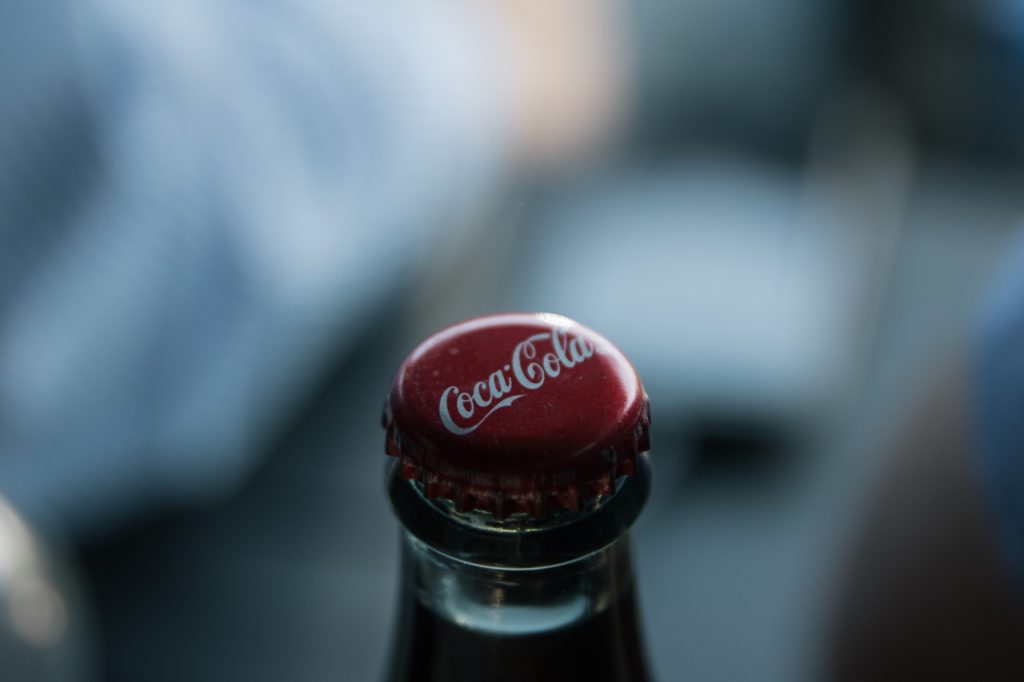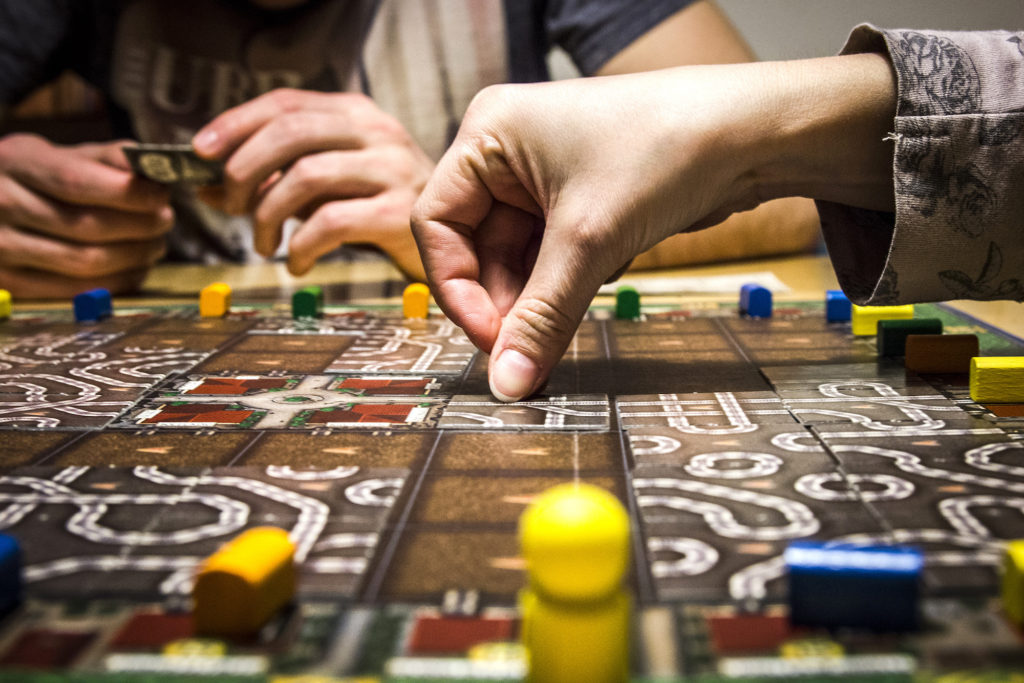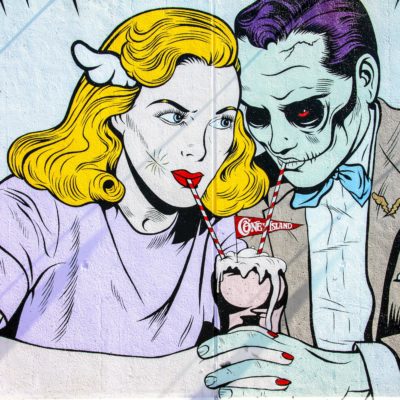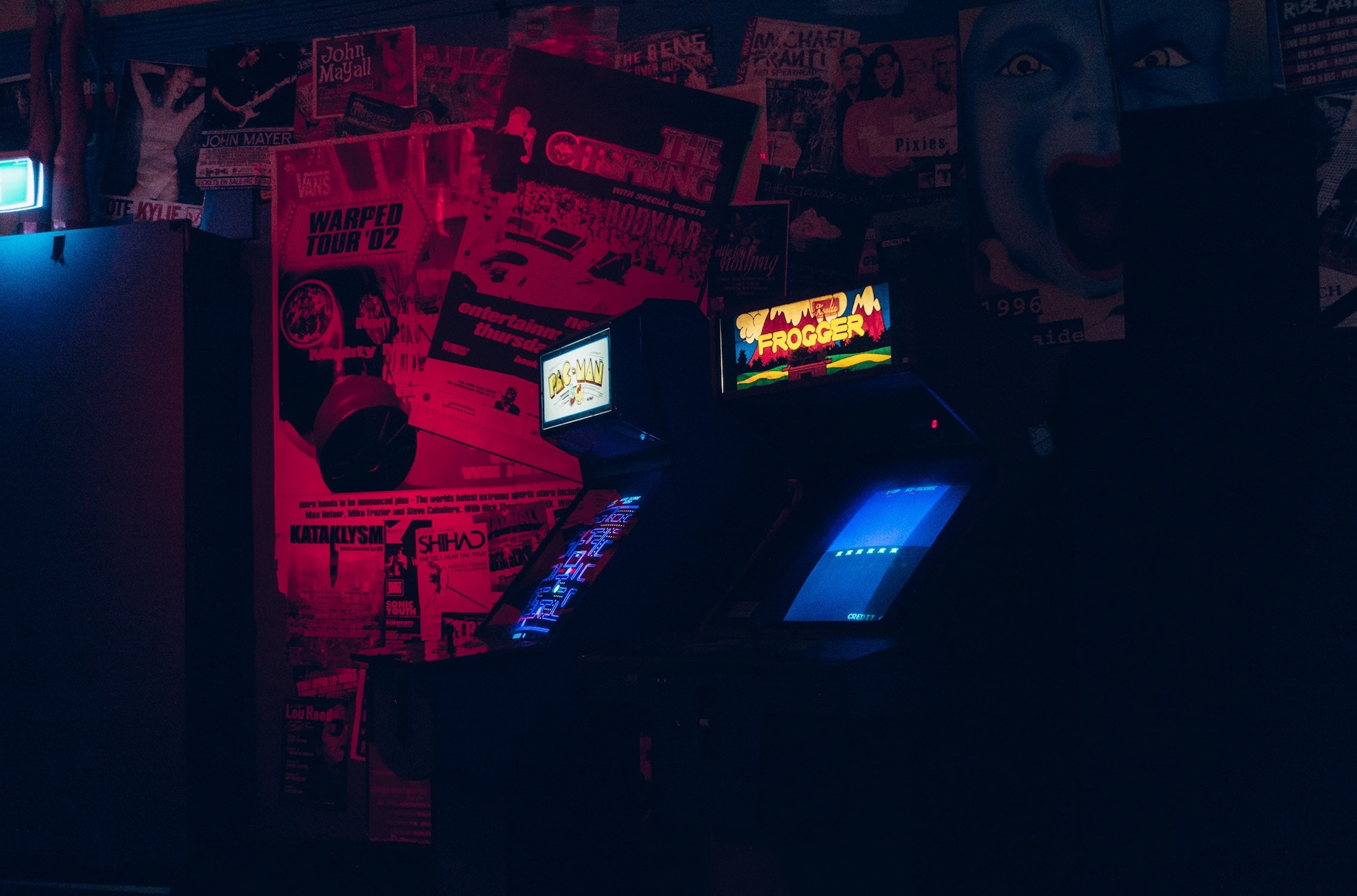Trademark and copyright are two different things
Intellectual property law is vital to the video game industry, yet its nuance can be confounding. We’ve covered the misconceptions about fair use. Today, we look at the differences between trademark and copyright.
While both are important in protecting your creative work, they serve different functions. Likewise, it’s important to take advantage of them at different points in the creative process.
Trademark at the start of your project

Many a game project has been outed because a publisher filed for trademark protection with a government agency. The United States Patent and Trademark Office is a treasure trove of information, if you know where to look.
The potential unraveling of marketing plans is a small price to pay for protecting your game’s catchy name and its distinctive logo. A trademark can also protect other distinctive elements tied to your brand.
For instance, the 20th Century Fox fanfare, NBC’s chimes, Time Warner’s Looney Tunes theme song, and even the Pillsbury Doughboy’s giggle are protected “sound marks.” In the video game world, the Xbox 360 startup sound and Super Mario Bros. coin sound fall into this category.
The purpose of trademarking is to protect your brand identity and ensure that it remains distinctive in a crowded marketplace. For this reason, stake your claim early in the process. You’ll simply need to fill out forms and pay a fee of $275 – $400.
Once you register (and receive approval), you’ll be able to use the ® symbol to denote a registered trademark. You can forego registration. In this case, you’ll use the ™ symbol. Just know that you might have a harder time defending your trademark in court.
The actual creative product isn’t protected by trademark. When you’re finished, you’ll pursue copyright protection.
Copyright covers completed creative works

After the long process of creating your game, you’ll want to make sure that no one copies your work. This includes the source code, the music, and the artwork.
Copyright won’t protect the ideas behind the game. You won’t be able to secure game mechanics in most cases. However, the expression of those ideas is protected.
As an example, the platforming concepts presented in Super Mario Bros. have been mimicked many times without incident. However, if you make a platformer with a mustachioed hero in blue overalls jumping on turtles and mushrooms, Nintendo might send a pack of lawyers your way.
While works are automatically copyrighted in the United States, registering them provides an additional layer of security. The registration process is fairly painless, though it does require a fee of $55.
In order to fully protect yourself (and your creative work), take these steps during your project. Trademark at the start, copyright at the end, and stay vigilant.
It’s your responsibility to defend your intellectual property rights. If someone tries to infringe, be ready to send your own cease and desist letters or go to court.
You can read more about intellectual property in the The GameDev Business Handbook (available now in digital format).





